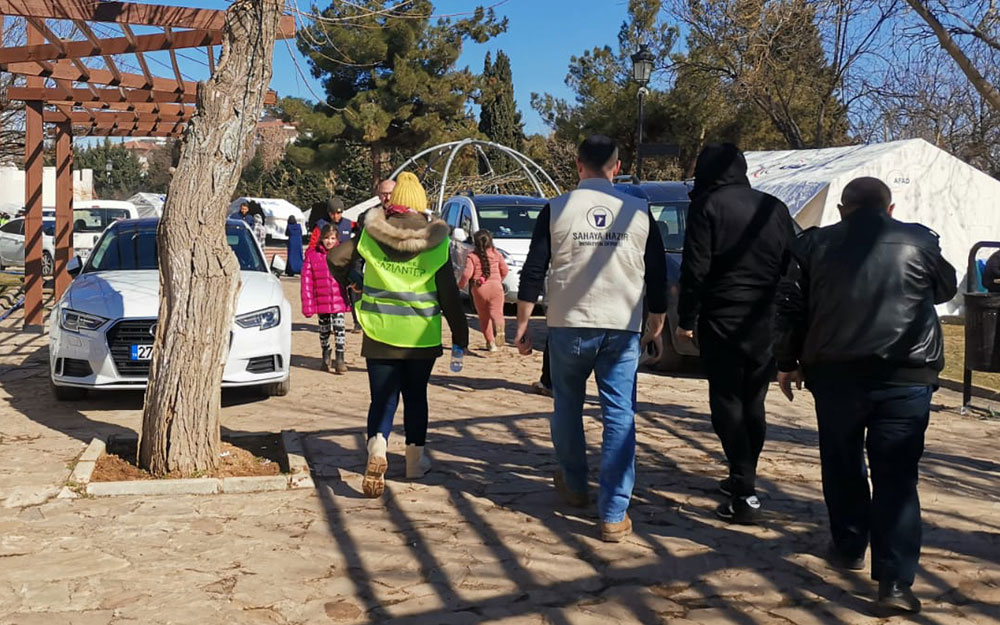Enhancing Earthquake Safety: Innovations for the Syria-Turkey Earthquake (Global Insights)
In the aftermath of the recent Syria-Turkey earthquake, global efforts to prepare for and respond to disasters have become crucial. Innovative approaches to reducing earthquake risks have emerged. Let’s explore key insights gained from these efforts and their relevance to the Syria-Turkey earthquake.
- Simulating Ground Shaking: Cutting-edge simulations help us understand how earthquakes affect the ground. By using these simulations for the Syria-Turkey earthquake, we can better estimate the intensity of shaking. This helps us make informed decisions to respond and recover effectively.
- Checking Loss Predictions: We need to validate our predictions about the damage and losses caused by earthquakes. This helps us improve our models and estimate the impact more accurately. Validating loss predictions is especially important for the Syria-Turkey earthquake to allocate resources and plan responses effectively.
- Dealing with After-effects: Earthquakes often cause secondary hazards that worsen the situation. Understanding how different hazards interact is vital for our response efforts. By studying these effects, we can develop comprehensive strategies to minimize their impact and focus on building resilience.
- Early Warnings: Improving early warning systems is essential for saving lives and reducing damage. By enhancing our technology and decision-making capabilities, we can provide timely alerts to communities. This enables them to take immediate actions to protect themselves and critical infrastructure during earthquakes.
- Building Stronger Structures: Using innovative designs, retrofitting techniques, and protective measures for buildings is essential for earthquake resilience. By implementing these advancements, we can minimize damage, reduce downtime, and ensure the safety of structures affected by the Syria-Turkey earthquake.
- Making Risk Modeling Inclusive: It’s crucial to ensure that all regions, including vulnerable areas like Syria and Turkey, benefit from risk modeling efforts. Developing cost-effective models tailored to each region’s needs and collecting relevant data are key steps. This helps strengthen their preparedness and response capabilities for future earthquakes.

Global efforts in earthquake risk reduction provide valuable insights. By utilizing innovations in risk assessment, early warning systems, and resilient infrastructure, we can improve our response and recovery.
Let’s work together, leveraging these global insights, to create a safer and more resilient future for everyone.
Emad Nasher Alneam
Field Ready Turkiye Director





